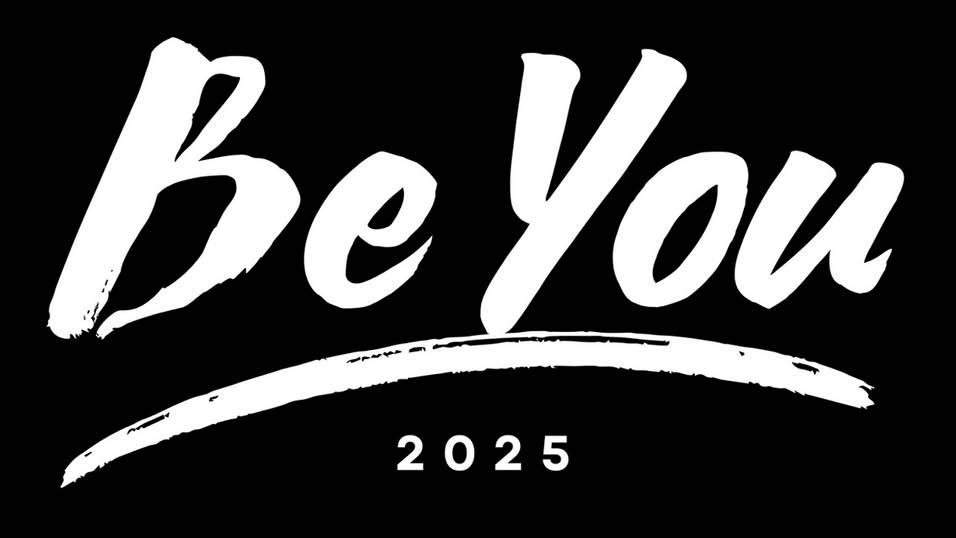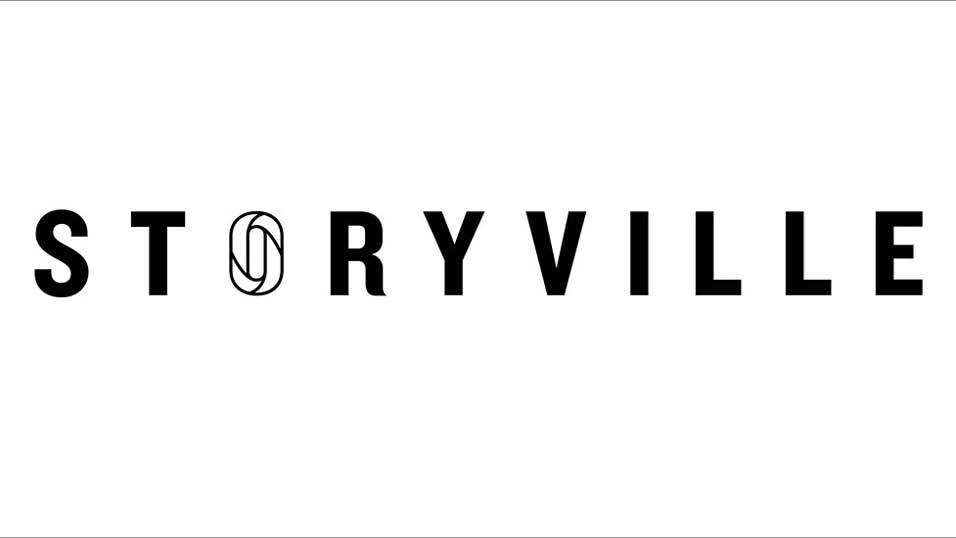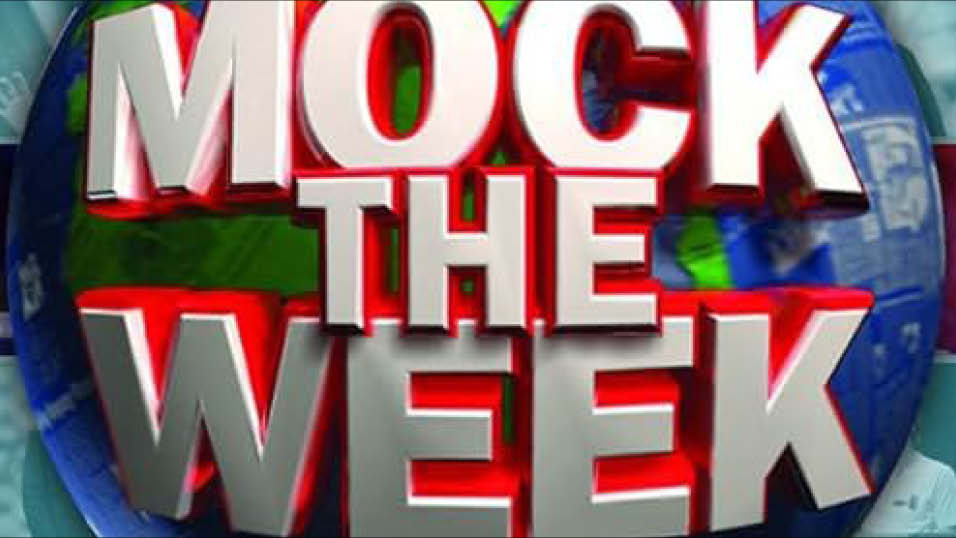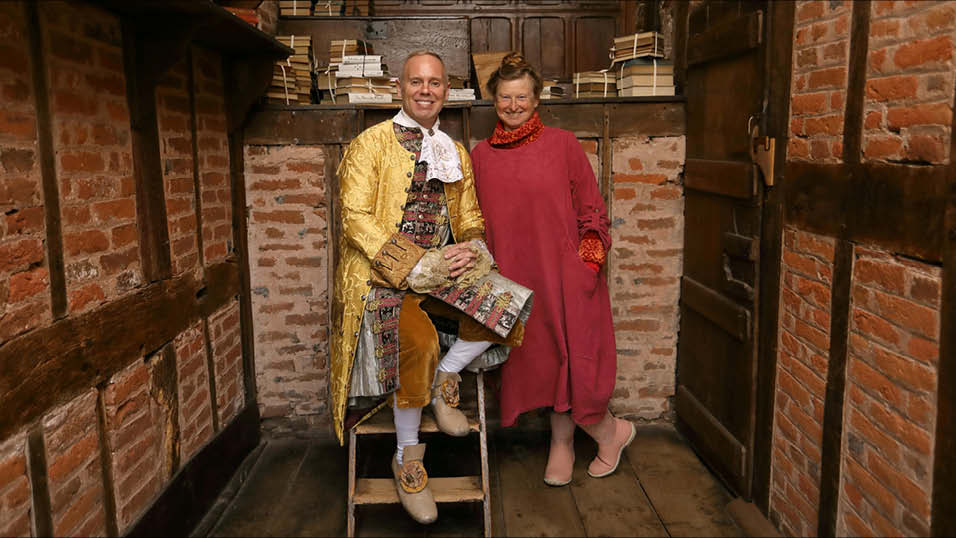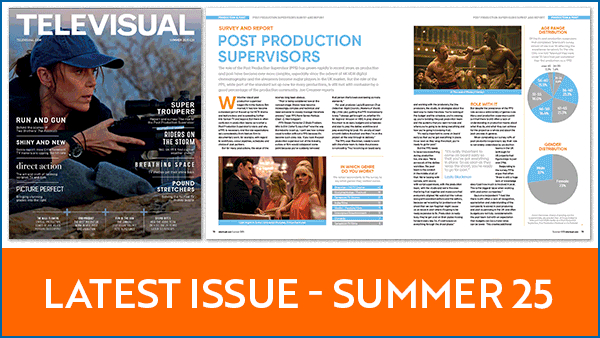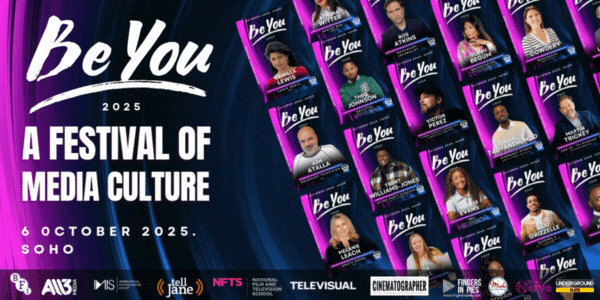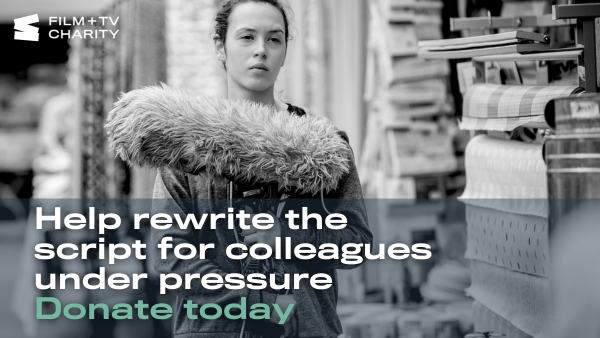This year’s Be You Festival, held by Soho Media Club, heard from digital executives in a session called The Future of Content: Taking TV somewhere new, and chaired by Ros Atkins, Analysis Editor, BBC News.
See below for what the panelists shared: insights into how to work your digital strategy, from the perspective of commissioner, superindie digital anchor, new wave production agency and traditional indie.
On the panel were
Kaio Grizzelle, Digital Commissioning Executive, Channel 4
Martin Trickey, Managing Director, Zoo 55
Camilla Lewis, CEO, Curve Media
Trent Williams-Jones, Executive Producer, After Party Studios
Kaio Grizzelle, Digital Commissioning Executive, Channel 4
Tell us a bit about how you commission
A lot of what we commission goes straight onto YouTube, but we’re always thinking about Tiktok, Tiktok and Instagram, about how our shows are going to live there
Channel 4.0 is the channel that I look after. We have a really specific audience that we’re speaking to, 16 to 24s. First and foremost, when an idea is being pitched to me, I’m trying to understand, even in the first instance, when it’s a top line idea, what would the thumbnail be? What would the title be? Because discovery is such a huge part of you’re thinking about..That’s something that we’ve been trying to encourage more and more with producers in the last year. Previously, we would commission a show, get it delivered, and then I would sit down with our team, and we’d think about how we’re going to package it up and put it out on YouTube. But actually it’s really important to understand in the first instance how that idea is going to be communicated to the viewer. As a commissioner, when being pitched to, I want to recreate the experience of the viewer when they’re landing on YouTube. So, what is that thumb? What’s that title? Can you communicate the idea in 10 words or less, in a really clear visual story? Once we feel good about that, we’ll develop the idea and try and think about the format and the format beats, how to deliver on the premise of that story. Also understanding, [for example] how the rounds in this game show work out of context on Tiktok, because that’s how we’re going to market the show.
We’ve commissioned things before that work really well as long form on YouTube. But then you realise that actually, for a clip to work on Tiktok, you’re having to explain the format loads, you lose people really quickly. Whereas, if you’ve got a quiz and the first second of that clip is, ‘what is the capital of x,’ you’ve got a play-along element. Viewers on social know exactly what this video is about. So we’re thinking, even in the very beginning of developing an idea, about all of those components. How do you discover it? How will it be clipped out onto other platforms?
What about different social channels?
What you expect to see from a talent that you love on Snapchat is different from what you’re going to expect to see on your on your page on Tiktok, the way Instagram turns up content is different. So, we commission onto YouTube, that’s where our core audience is. But, we’re always thinking about how the show will live elsewhere..Instagram’s the other big one for us. We were the first [UK] broadcast partner on Spotify this year, but we’re still figuring out how our content best translates onto Spotify. They’re also trying to understand how best to serve up video.
How important is data?
There’s a really instant feedback loop on a platform like YouTube. People are constantly telling you what they think, what they like, and then the back end, you can see a lot of the analytics, like the retention graphs…We have a channel manager who reads a lot of the comments. But as commissioners, we do too. But then I would say that the other really key one is, is competitors. At 4.0 we don’t really look at the other broadcasters as our competitors, but we’re looking at the creators, the social publishers and the brands who are on YouTube. If you have a YouTube channel, the YouTube studio back end is amazing. You can see so much.
What are your primary sources of revenue?
For us, it’s definitely brands. So branded entertainment, we commission. We have a sales team at Channel Four who work with a lot of media agencies to bring in briefs, and they get disseminated across channel four. This year on Channel 4.0 we did a series with NHS Blood and Transplant around blood donation, like a blind dating format set in a blood donation centre. We’re thinking about how we still commission programmes that work for our own strategy, editorially, work for our audience, but also help to tell a brand story and integrate them in a way that’s seamless. It doesn’t feel like an advert.
Martin Trickey, Managing Director, Zoo 55,
Zoo 55 is part of ITV Studios and runs YouTube channels within the group, as well as FAST channels. It also makes content on Roblox and Fortnite.
How do you take something from TV to digital?
Graham Norton, which we make for the BBC, does brilliantly on linear television, but it also does brilliantly as clips on YouTube, or longer form. It works on Tiktok, works on Instagram, and it’s on Spotify as a visual podcast. There are certain pieces of DNA that seem to work in terms of taking a format or a show, or part of it. You can have a one off documentary that works brilliantly, but, you often need quite a lot of content, because people need to understand that they’re going to come back week after week after week, and it becomes part an habitual part of their viewing. It becomes a part of their attention mix. So you need quite a lot of content, and being able to put out a three- or four-parter. It’s quite a tough one, because how do you market it? How do you get it out there?
Differences between traditional and TV production?
Traditional TV companies in the past have always tried to make things as expensive as possible, because you make a production margin and then the bigger the number is, the bigger that 10% or 15% is, or 5% whatever. But on digital, if you don’t know where the money’s coming from, you’re trying to keep your costs as low as costs as low as possible. So there’s a very different mindset in production of going into making digital content and TV content. You’re taking more of the risk..in a way, you’re deficit funding it.
Where does the revenue come from?
In terms of revenue just from advertising, [YouTube is first]. Facebook comes in second, because it’s still absolutely enormous. And for certain demographics, it’s the key platform. People still use it. People tend not to leave the social platform that they first came in on. So there’s a whole generation.
What about the data?
I’m totally obsessed by the data, and it involves all of our strategic decisions. But that’s fair, because we’ve got 90,000 hours of archive. Where do you start? What do you do? You have to look at what you’ve got and what you think will continue to do well.
If you have a piece of long form content and you want to turn it into something, is turning into a 12 to 20 minute video better than doing a super compilation and how much time does that take? And then how does that transfer to the revenue at the end of it? Because each platform gives you a different amount of revenue based on how the algorithm is currently working this Tuesday, and it constantly changes. [For example] Facebook, trying to keep up with what is happening there over the last three years has been so much fun, because you constantly go, ‘I’m going to do this… Oh, no, don’t do that. You do this.’ So you’ve got to look at the data, because otherwise you can quickly become irrelevant. And YouTube’s very similar, different durations and types of content, different thumbnails, different pieces of metadata are going to impact, and you’ve got to look at it. So we’ve got a team of people who spend all of their time going, ‘you should probably be doing this and stop doing that….And maybe we should try thinking about that.’ Tiktok really helps with that – using Tiktok as a way of working out what we should be doing.
I would also say that just because it doesn’t work in the first five days doesn’t mean it’s not there. I had a show called It’s Me or the Dog. It was basically badly behaved dogs being trained by a Super Nanny….Two years of constantly putting out badly behaved dogs, and then it popped, and it was just one dog looking at some cupcakes took over the internet.
How to make money with digital?
It’s YouTube advertising, Facebook advertising, partner sales, so we can sell our own ads, which is a big thing brands. So then you can have branded content. So for example, love island in the States is huge, but part of that is the selling inventory around Tiktok, which has been massive. So all of those,
Camilla Lewis, CEO, Curve Media
Curve produces a range of formats, including travel shows with Michael Portillo and Chess Masters for the BBC. This year, it launched hit podcast The Affair, with Anna Willimason, and has a YouTube channel number that was number one for Visual spotify at the time of the event.
People have really strong relationship with the media that they consume… They need to get a lot of it. You can’t just do 10 episodes and expect it to work. That’s how we see it. You need to keep producing it and keep producing it. And it might be that it takes two years. We think this is a long game, not a short game. You have to keep producing and putting it out there.
95% plus of Curve;s finances are through traditional, conventional funding models. Having said that, if we want to do something, we do it…. In funding terms, it’s not necessarily having to go and beg for someone to take your idea. You can have your own idea.
Where you’re going to get the money from matters. It might not matter if you’re just doing it as a vanity project or something you really want to do, and that’s lovely. But if you actually want to make commercial success out of it…OK, everyone talks about YouTube, but it’s very hard to make money on YouTube, and you can be very successful on YouTube and make very little money in terms of views. We are making more from Spotify.
How do you use different platforms?
There’s no right or wrong platform to be on. They’re different methods for different things. So for example, we found it hard to make money on Tiktok… We used it as a marketing employee, it’s been really useful as a way of cutting up content to market to other things. We start with instinctive ideas as to what we think will work on television. We’re using Tiktok as a way of working out what we should be doing. So recently with Chess, we thought, okay, let’s work out what worked about the show [series one]….which bits work, which bit didn’t work… It cost very little money… to cut three Tiktok items a day for over a month of all different bits of the programme to work out what worked and what didn’t work…Within days I could see what popped.
Any thoughts about talent for digital?
We want to get people who have got a following already. It’s quite hard. It’s quite a closed group…. it sometimes feels it’s the same faces. That’s because everyone’s cross promoting everyone else’s stuff, certainly in the podcast world, that’s how it works….And it’s quite hard to break into that. We had Anna Williamson, who already had one and a half million subscribers on LuAnna, her very successful podcast, come and do The Affair for us.
Where is the revenue coming from?
We’ll take money from anywhere… but it’s basically dynamic advertising and sponsorship.
Trent Williams-Jones, executive producer, After Party Studios
How do you develop and sell shows for digital?
Don’t Get Catfished is on Channel 4.0. We sold the idea on thumbnail- imagine Harry Pinero in specs and a wig.
With Find the Cheater with Nella Rose for 4.0, we steadily built shows on YouTube organically then had massive viral clip on Tiktok was on 1om views within a few days, we saw a direct correlation… cross platform driven. The video is now on 3.3m views.
When I make content, I’m thinking about the best moments.
What about the data?
We’ve got a whole team that are systematic looking at the analysis of what’s working, why it’s working, and how it’s working, and that will be fed to me as a way to inform the creative of what I’m making, from a producer point of view.
Where do you get your revenue?
We make a lot of branded content as well, which is where a lot of money is at.
Pippa Considine
Share this story




